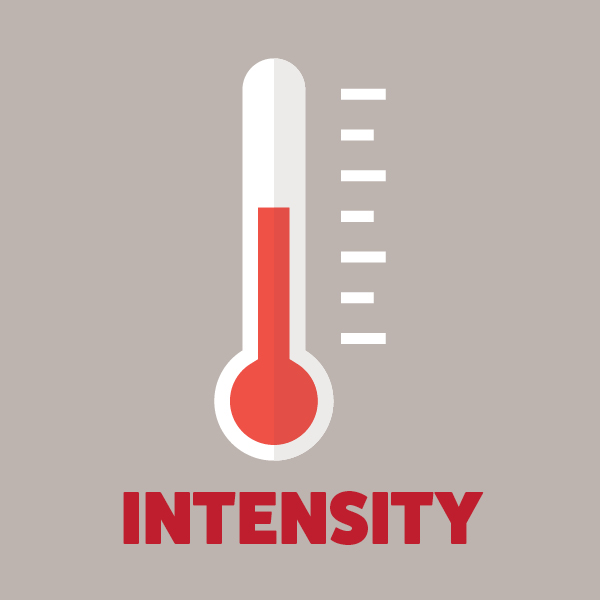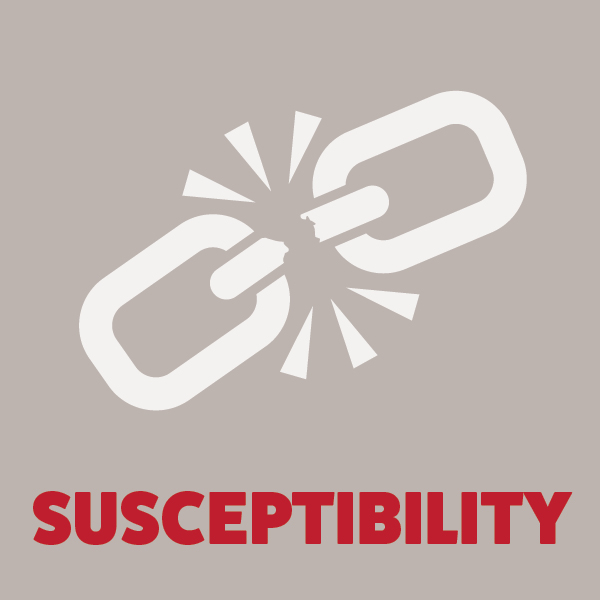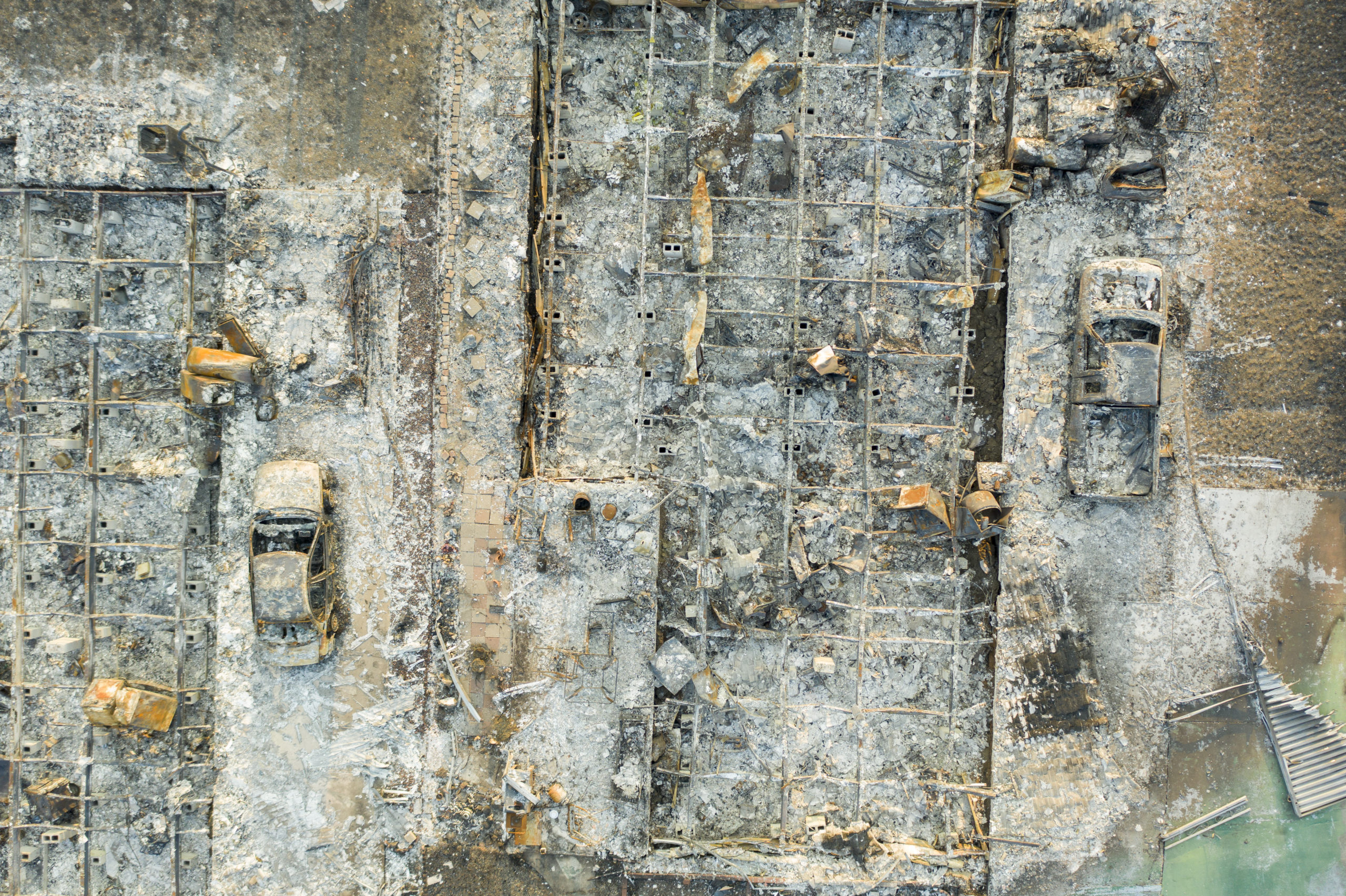
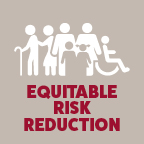
Equitable Risk Reduction
Address the social and economic vulnerabilities of people in the community.
About Equitable Risk Reduction
The impacts of wildfire are too often borne disproportionately by historically marginalized communities and are compounded by systemic inequities. Research shows that neighborhoods that are majority Black, Native American or Hispanic are approximately 50% more vulnerable to wildland fire. Families in poverty, those over 65 years of age, people with access and functional needs, and those without transportation are more likely to experience the negative impacts of wildfire. People who lack access to resources, experience cultural and institutional barriers, have limited mobility, or have compromised physical health are more vulnerable to wildfire and other disasters. For example, wildfires may disproportionately affect those living in poverty because of factors such as inadequate housing, social exclusion, and a diminished ability to mitigate or relocate.
You can explore the Vulnerable Populations section of this website to identify neighborhoods where people may have disproportionate impacts from wildfire.

Explore your community’s risk.
Getting Started with Equitable Wildfire Risk Reduction

Start with the whole community
Successful community risk reduction includes whole communities. Understanding your community, its wildfire risks, and how wildfire impacts are distributed across the population can help create more widespread and equitable risk reduction. Explore data for your community.

Build Relationships
Taking the time to build relationships and trust with community partners is an essential step. Go to community-based organizations, faith-based groups, nonprofits, and others working across your community to listen and learn.
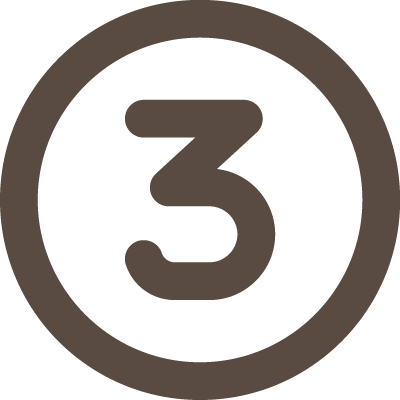
Adapt
By working together, partners can ensure that risk-reduction programs, materials, and supports are available and accessible to all. This may mean modifying existing programs or creating entirely new strategies to meet the needs of the most vulnerable.
Find additional tools, checklists, training modules, and more in this free, two-page handout.
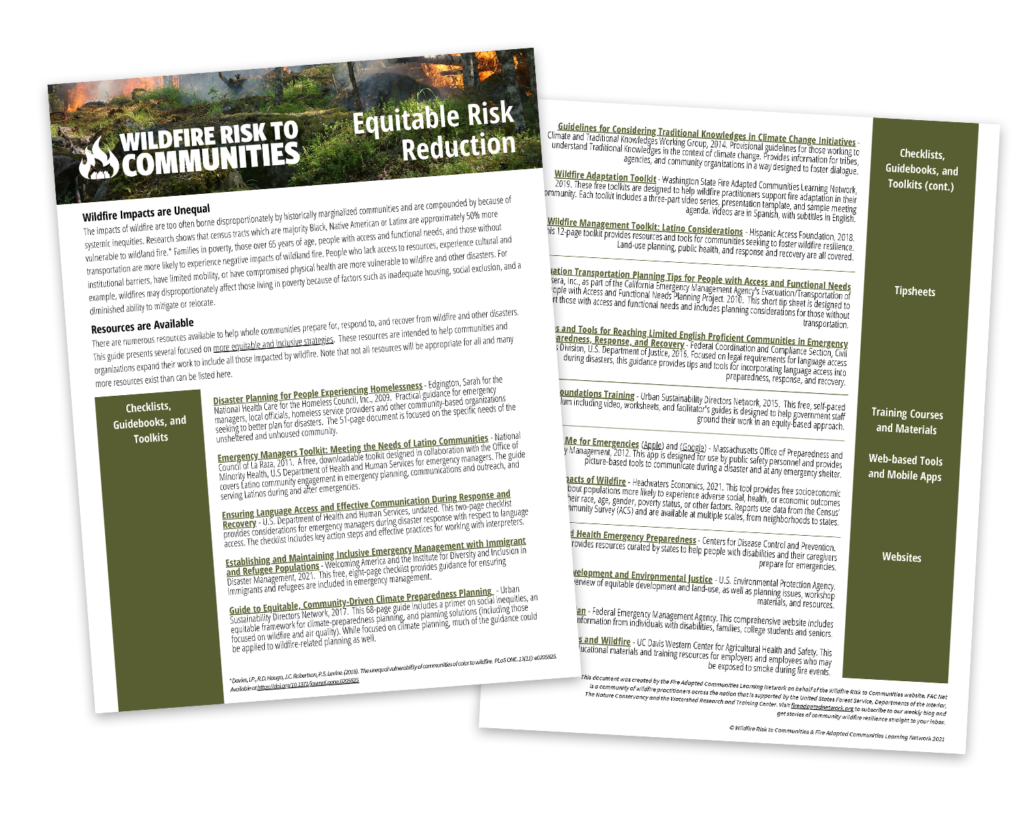
Read the story of equitable risk reduction in Austin, Texas.
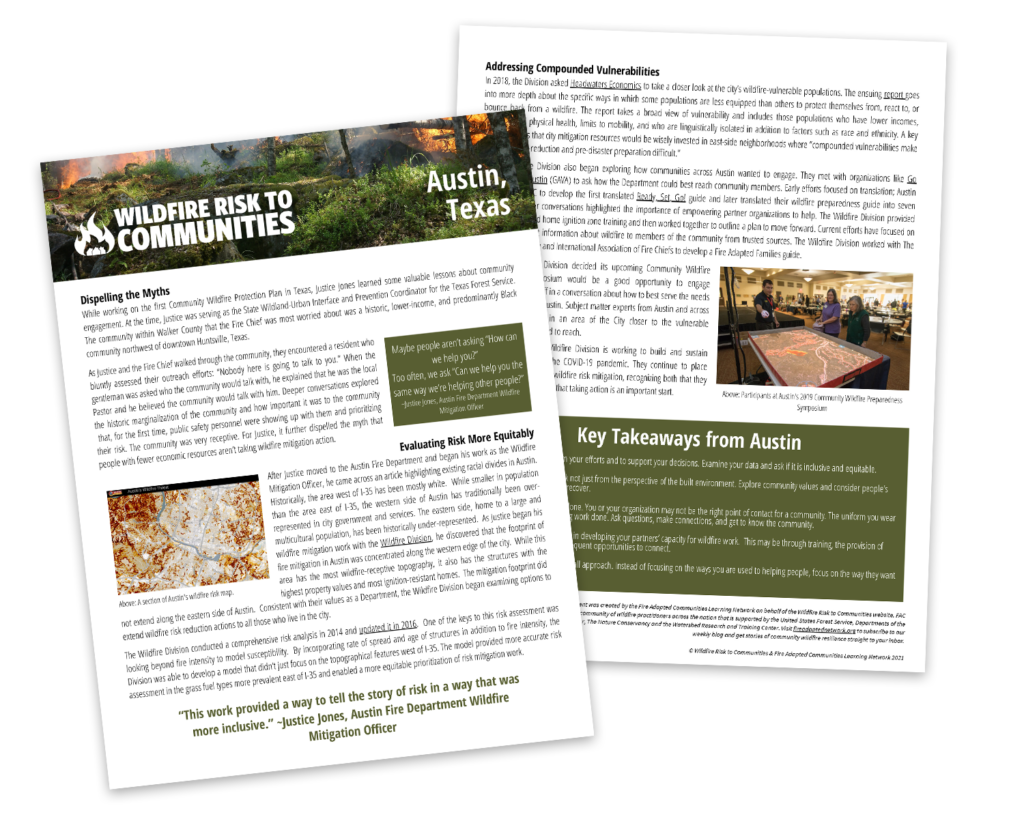

Explore your community’s risk.
Community Tools
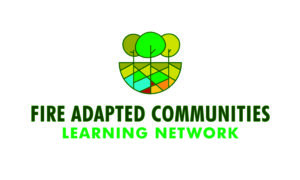
Fire Adapted Communities Learning Network
The Fire Adapted Communities Learning Network connects and supports people and communities who are striving to live more safely with wildfire. The purpose of FAC Net is to exchange information, collaborate to enhance the practice of fire adaptation, and work together and at multiple scales to help communities live safely with fire. This includes embracing resiliency concepts and taking action before, during and after wildfires. They offer a Fire Adapted Communities Self-Assessment Tool (FAC SAT) to help communities assess their level of fire adaptation and track their capacity to live safely with fire over time
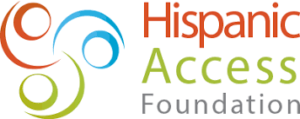
Hispanic Access Foundation Wildfire Toolkit
Latino communities are more vulnerable to experiencing the adverse effects of wildfires. The Hispanic Access Foundation Wildfire Toolkit provides resources about regulations and policies, public and mental health, and response and recovery issues to help communities address Latino considerations related to wildfire.

Populations at Risk
Populations at Risk– a tool from Headwaters Economics–generates free, customized reports with socioeconomic information about populations more likely to experience adverse social, health, or economic outcomes due to their race, age, gender, poverty status, or other factors. Reports use data from the Census’ American Community Survey (ACS) and are available at multiple scales, from neighborhoods to states.

Neighborhoods at Risk
Neighborhoods at Risk– a tool from Headwaters Economics–generates customized, interactive maps and reports that describe characteristics of potentially vulnerable neighborhoods (by census tract). See where impacts from climate change are likely to impact the most vulnerable people and view community-level climate projections for temperature and precipitation.

Government Alliance on Race & Equity
The Government Alliance on Race and Equity (GARE) is working to achieve racial equity throughout the nation. Tools and resources available through GARE include issue papers and toolkits, including a Racial Equity tool that provides a broad framework for communities seeking to better integrate racial equity into their work.

Equity Foundations Training
The Urban Sustainability Director’s Network created this holistic curriculum of webinars, videos, and worksheets to help local government staff to apply an equity lens to sustainability projects. The independent study program is available for free.

Limited English Proficiency
LEP.gov provides resources and information to expand and improve language access for individuals with limited English proficiency. The site provides data and language maps as well as guidance and resources for those working in emergency preparedness.
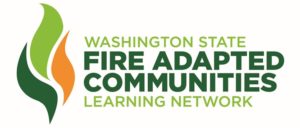
Community Engagement Toolkit
These free toolkits each contain a 3-part video series, presentation template with facilitator’s notes, and sample agendas (including resource links). The videos are in Spanish with English subtitles and cover topics including landscapes, communities, evacuation, smoke, home hardening, and resident recovery.

Ready.Gov
Ready.gov provides free information for all people seeking to prepare for disasters. This resource includes material tailored to individuals with access and functional needs. Information includes important planning considerations, emergency communication plan templates, and videos with open captions and American Sign Language.

Capacity-Building Toolkit for including Aging and Disability Networks in Emergency Planning
Developed by the US Department of Health and Human Services Office of the Assistant Secretary for Preparedness and Response in coordination with the National Association of County and City Health Officials, this free toolkit provides a resources guide for aging and disability networks to plan for and respond to disasters. Content is designed to support those with access and functional needs.
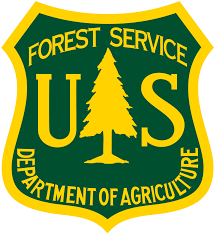
USFS Smoke Ready
This site is a compilation of information on how to be smoke ready and is intended for use by land management, public health, and environmental agencies; incident management teams and emergency responders; local governments, non-governmental organizations, and the general public. It includes messaging and resources in multiple languages.
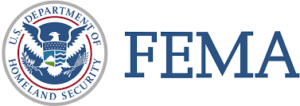
Building Resilient Infrastructure and Communities (BRIC)
FEMA’s Building Resilient Infrastructure and Communities (BRIC) program provides support to states, local communities, Tribes, the District of Columbia, and territories as they undertake hazard mitigation projects, reducing the risks they face from disasters and natural hazards.
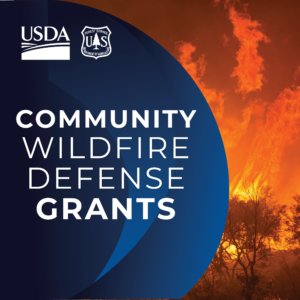
Community Wildfire Defense Grants (CWDG)
The Community Wildfire Defense Grant (CWDG) program provides grants to communities at risk from wildfire to develop or revise their community wildfire protection plans and carry out mitigation projects described within those plans. It is administered by the USDA Forest Service.
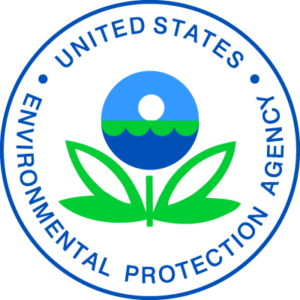
Drinking Water System Resilience Program
The Environmental Protection Agency’s (EPA’s) Drinking Water System Infrastructure Resilience and Sustainability Program funds projects in underserved communities and small communities (fewer than 10,000 people). Projects must increase resilience of drinking water systems to natural hazards, including wildfire. Planning and infrastructure improvements are funded.
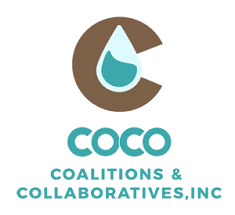
Coalitions & Collaboratives (COCO)
Coalitions & Collaboratives (COCO) supports place-based groups to bring expertise, resources, and funding to support the growth of newly forming groups that follow transparent and collaborative processes to protect the environment, communities, and economic interests.

Community Navigators
The Community Navigators initiative helps provide equitable access to Inflation Reduction Act funding. Forest Service employees and partner organizations work directly with targeted communities to provide support and guidance to access programs, services, and potential funding opportunities.
Research & Science
- Adams M, Charnley S. (2021). Reducing Fuels and Advancing Equity: Incorporating Environmental Justice Into Hazardous Fuels Management. Science Findings 243. Portland, OR: U.S. Department of Agriculture, Forest Service, Pacific Northwest Research Station. 6 p.
- Cheng AS, & Sturtevant VE. (2012). A framework for assessing collaborative capacity in community-based public forest management. Environmental Management (New York), 49(3), 675-689.
- Coughlan M; Ellison A; Cavanaugh A. (2019). Social Vulnerability and Wildfire in the Wildland-Urban Interface Literature Synthesis. Ecosystem Workforce Program Working Paper. 96.
- Davies IP, Haugo RD, Robertson JC, Levine PS. (2018). The unequal vulnerability of communities of color to wildfire. PLoS ONE. 13(11): e0205825.
- Méndez M, Flores-Haro G, Zuckerc L. (2020). The (in)visible victims of disaster: Understanding the vulnerability of undocumented Latino/a and indigenous immigrants. Geoforum. 116:50-62.
- Palaiologou P; Ager AA, Nielsen-Pincus M, Evers CR, Day MA. (2019). Social vulnerability to large wildfires in the western USA. Landscape and Urban Planning 189: 99-116.
- Schumann III RL, Emrich CT, Bustic V, Mockrin MH, Zhou Y, Gaither CJ, Price O, Syphard AD, Whittaker J & Aksha SK. (2024). The geography of social vulnerability and wildfire occurrence (1984–2018) in the conterminous USA. Natural Hazards 120: 4297-4327.
- Thomas AS, Escobedo FJ, Sloggy MR, Sánchez JJ. (2022). A burning issue: Reviewing the socio-demographic and environmental justice aspects of the wildfire literature. PLoS ONE. 17(7): e0271019.
- Wigtil G; Hammer RB, Kline JD, Mockrin MH, Stewart SI, Roper D, Radeloff VC. (2016). Places where wildfire potential and social vulnerability coincide in the coterminous United States. International Journal of Wildland Fire. 25: 896-908.
Learn how these actions align with federal policies and initiatives.


